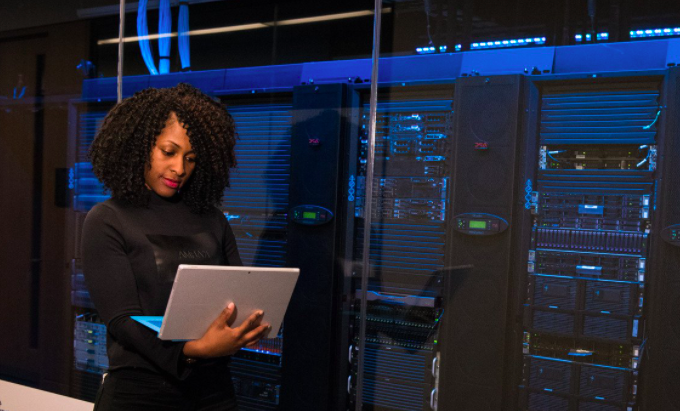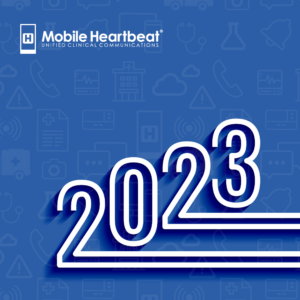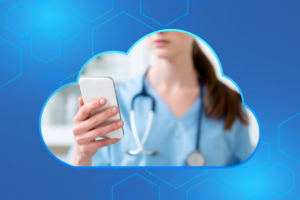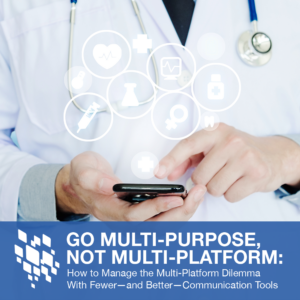As keepers of sensitive information like patient data, healthcare organizations rightfully take cybersecurity seriously. Facilities limit access to records and take pains to safeguard data from bad actors, but there?s one vulnerability that can be difficult to account for: employees.
Especially for enterprise organizations with hundreds or thousands of employees, each user represents a potential gap in the security of critical information. Employees forget their credentials, leave their staff ID at home, lose their hospital-issued devices or forget to log out of applications and websites that can expose your organization to risk.
That being said, there are steps administrators can take to mitigate these types of risk, including managing user permissions, leveraging mobile device management (MDM) software, implementing strategic integrations, enabling more stringent log-in settings and more. In this blog, we?ll explore these options more closely so that you can deploy these strategies at your organization.
1. Customize Access to Data by Role
The benefits of an enterprise-wide communication platform include the entire care teamincluding ancillary and operational staff like nutrition, transport and pharmacyable to collaborate from a single application on a single device. However, providing equal access to a tool that stores patient information, even temporarily, can expose the organization to risk.
A simple mitigation strategy is to customize user access to collaborative tools. More robust user management will ensure that colleagues in every department only have access to the information necessary to complete their tasks. This strategy is commonly known as the principle of least privilege, and it is a simple way to bolster security and protect sensitive data.
2. Make the Most of Your MDM
If your organization permits employees to use personal devices for work, you should have a mobile device management (MDM) system to help maintain security. Your MDM can prevent users from installing malicious applications onto the device to limit exposure to bad actors. For shared devices, automated device enrollment programs ensure that brand new hospital-owned smartphones install the MDM profile automatically upon startup, keeping the device secure right from the beginning.
MDMs can also allow organizations to remotely wipe a device that has been lost or stolen, ensuring that sensitive information won?t fall into the wrong hands. Talk to your MDM vendor about other ways your organization can leverage this software to maximize security.
3. Geofence Your Devices
Make sure that devices or applications can?t access sensitive data if they are outside the boundary of your organization?s campus using geofencing. You can geofence specific applications or even organization-owned devices, as long as the device has access to location services. When a geofenced device leaves the premises, it will not be able to access the data stored there. Some healthcare IT companies enable WiFi disconnect alarms, which sound a noise on a device if it is removed from the hospital’s WiFi area. For employees who may accidentally take an organization-owned device home with them, this is a great way to make sure patient information can?t be exposed outside the facility.
4. Log In More Securely
Clinicians are frequently moving from task to task without time to log out of mission-critical systems. By employing more secure login and logout settings on devices and applications, your organization can very easily improve security. Many mission-critical systemssuch as the EHR and communication systemshave a timed logout capability for this reason. For personal and bring-your-own devices, two-factor authentication can also add an additional layer of security. Finally, setting devices to log out of user profiles while charging is another way to safeguard against employees forgetting to secure the device at the end of a shift.
5. Enhance the User Experience
While enabling timed logouts and two-factor authentication help improve cybersecurity, these capabilities can negatively affect the user experienceleverage single sign-on and seamless integrations with mission-critical systems like the EHR to improve user experience without compromising security.
With MH-CURE?s deep-technology integrations, users can access the tools they need to advance patient care, but sensitive data won?t get stored on the platform. Users have instantaneous access to the information they need, without sacrificing data security.
Protecting patient privacy is rightly a top priority for organizations. Fortunately, there are plenty of simple and easily implemented strategies for securing sensitive data. By safeguarding against common security gaps and risks, your organization can focus on continuing to provide high-quality care.




